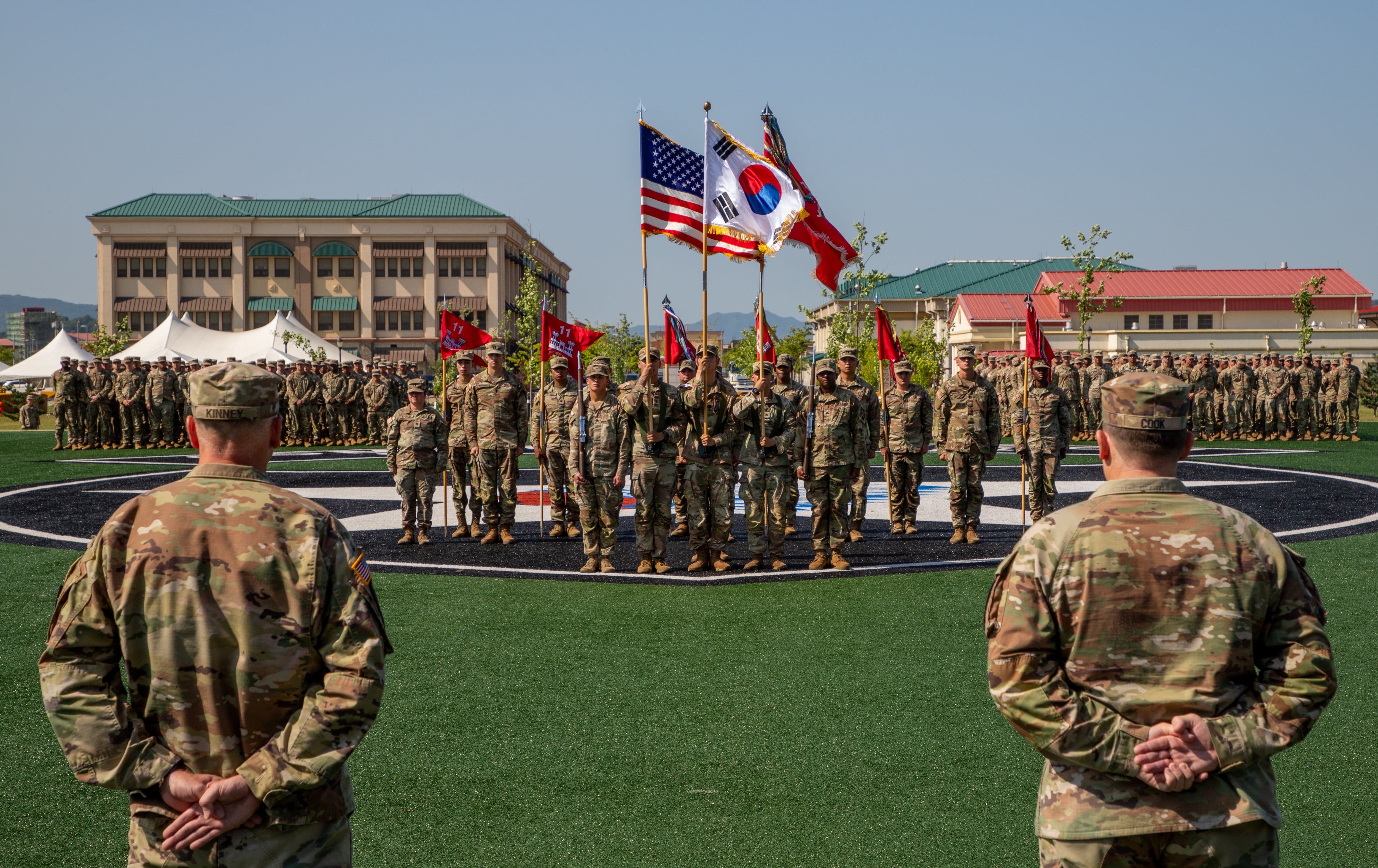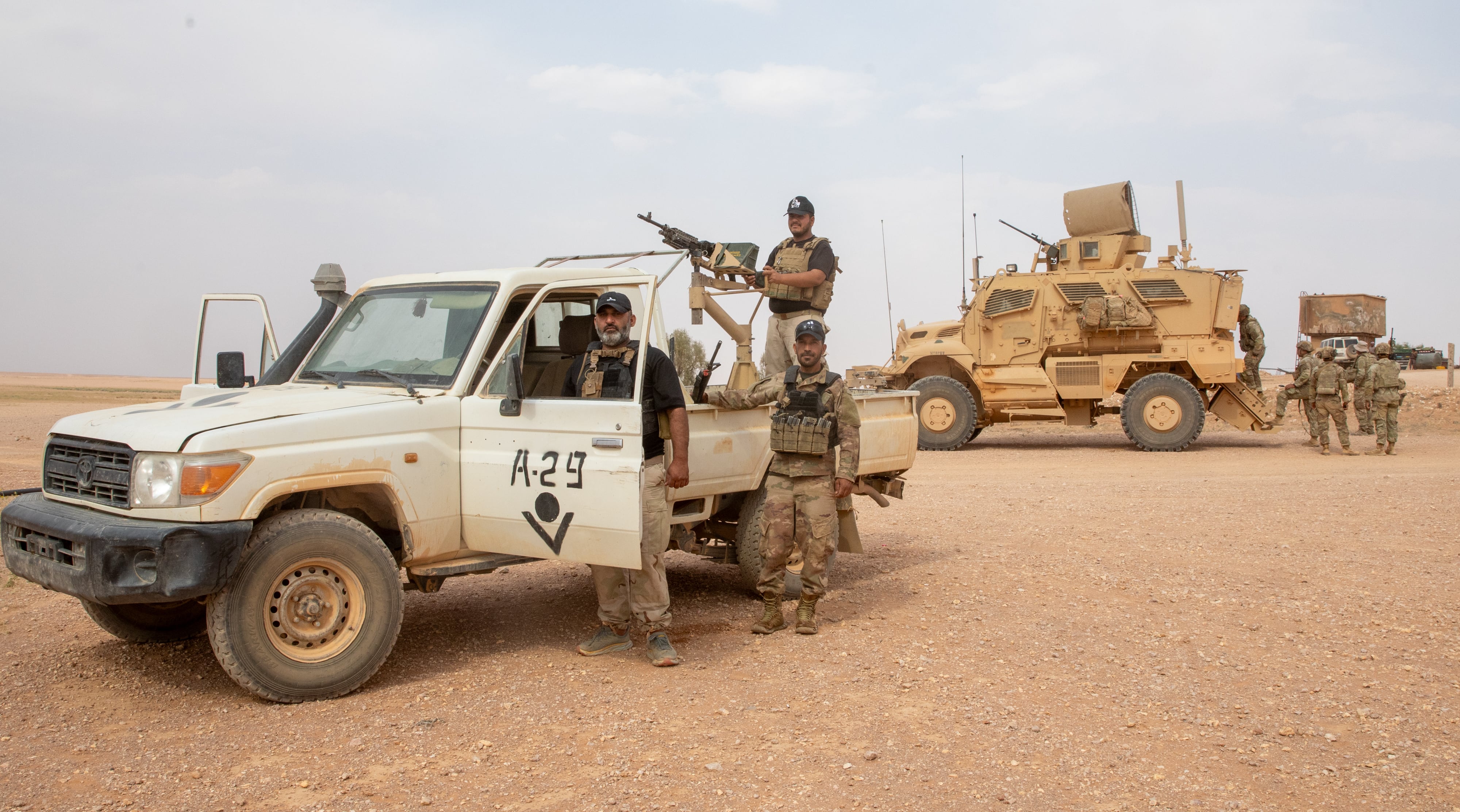For men, getting their head shaved on the first day of Navy boot camp has been a the first step in the rite of passage for decades.while entering the Navy.
Women, too, are also required to get first-day haircuts to getensure their hair is trimmed to regulation length, equal to the uniform collar. too, because long hair and even wearing their hair pinned up -- as permitted in the fleet -- isn't allowed for recruits.
Though women's heads aren't shaved, long locks are cut to regulation length, equal to the uniform collar.
But the days of these old traditions could be numbered, first for women and possibly later for men.
Women taking part in going through a That news comes as the Navy starts a 3three-month pilot program at Recruit Training Command Great Lakes, Illinois, and Officer Training Command Newport, Rhode Island, will not longer be required to get their hair shorn. A similar move is being considered for men that, if adopted, would eliminate the decades-long ritual requirement initially for women.
The first pilot program will test new rules for women, according to Naval Service Training Command.
Instead of requiring women in boot camp to have their hair cut to the lower edge of the uniform collar for boot camp, they would only be required, the Jan. 8 NSTC release said, to choose any hairstyle that meets Navy uniform regulations, according to the Jan. 8 NSTC release.
But if they still want the traditional haircut — they can request that, too.
"We are constantly considering fleet feedback and policy changes to improve training and quality of life during initial accession and indoctrination into the Navy," said Rear Adm. Rich Brown, commander of NSTC, said in the release.
Female recruits aren't allowed to wear their hair longer or pinned up. As a result, NSTC said, female sailors and officers are not taught proper grooming standards, which would allow permits them to have longer hair when they reach the fleet in how to keep longer hair permittedthatthey're allowed to have in the fleet. The change would allow them to learn from the start how to wear regulation hair.
The pilot comes months after a high-profile case in which the Navy booted a mid-career sailor who refused to shear off her locks. Hospital Corpsman 2nd Class (SW/AW) Jessica Sims said she had worn this coiled, natural hairstyle, popular with black women, for the majority of her 12 years in uniform; her new bosses at RTC Great Lakes said the hairstyle violated regs. One of the lessons officials took from the controversy was that female hair regs are neither not well-understood nor enforced in the fleet.
The pilot will bring the Navy in line with the other services, none of which require women to get their hair cut as part of recruit training.
"NSTC is considering a similar pilot program change regarding male recruits, following the pilot of the new female haircut program," according to the release.
Men initially have their heads shaved to one-eighth of an inch when entering training at Great Lakes, Newport and the Naval Academy — as has been a requirement and a ritual for many decades.
They, too, could end up only being required to get a haircut that puts them inside the Navy's existing grooming standards. After the initial head shaving, all follow-on male haircuts during recruit or basic officer training are already only required only to meet the service's Navy's existing grooming standards, a measure that ensures they graduate with regulation haircuts.
Final approval hasn't come for any male hair pilot program, and no schedule has been set, officials say, but it is on the table.
"Presently, we are looking into the feasibility and logistics of a male haircut pilot, which would require males to have a regulation haircut of their choosing," NSTC spokesman Lt. Matthew Comer told Navy Times. "Once we determine the feasibility and training value of a male haircut pilot, we would move forward with planning."
When asked if recruits could opt to have their head shaved to the current 1/8-inch standard upon arrival, Comer replied: "Trimming hair to an 1/8-inch would certainly fall within those standards."
Mark D. Faram is a former reporter for Navy Times. He was a senior writer covering personnel, cultural and historical issues. A nine-year active duty Navy veteran, Faram served from 1978 to 1987 as a Navy Diver and photographer.





